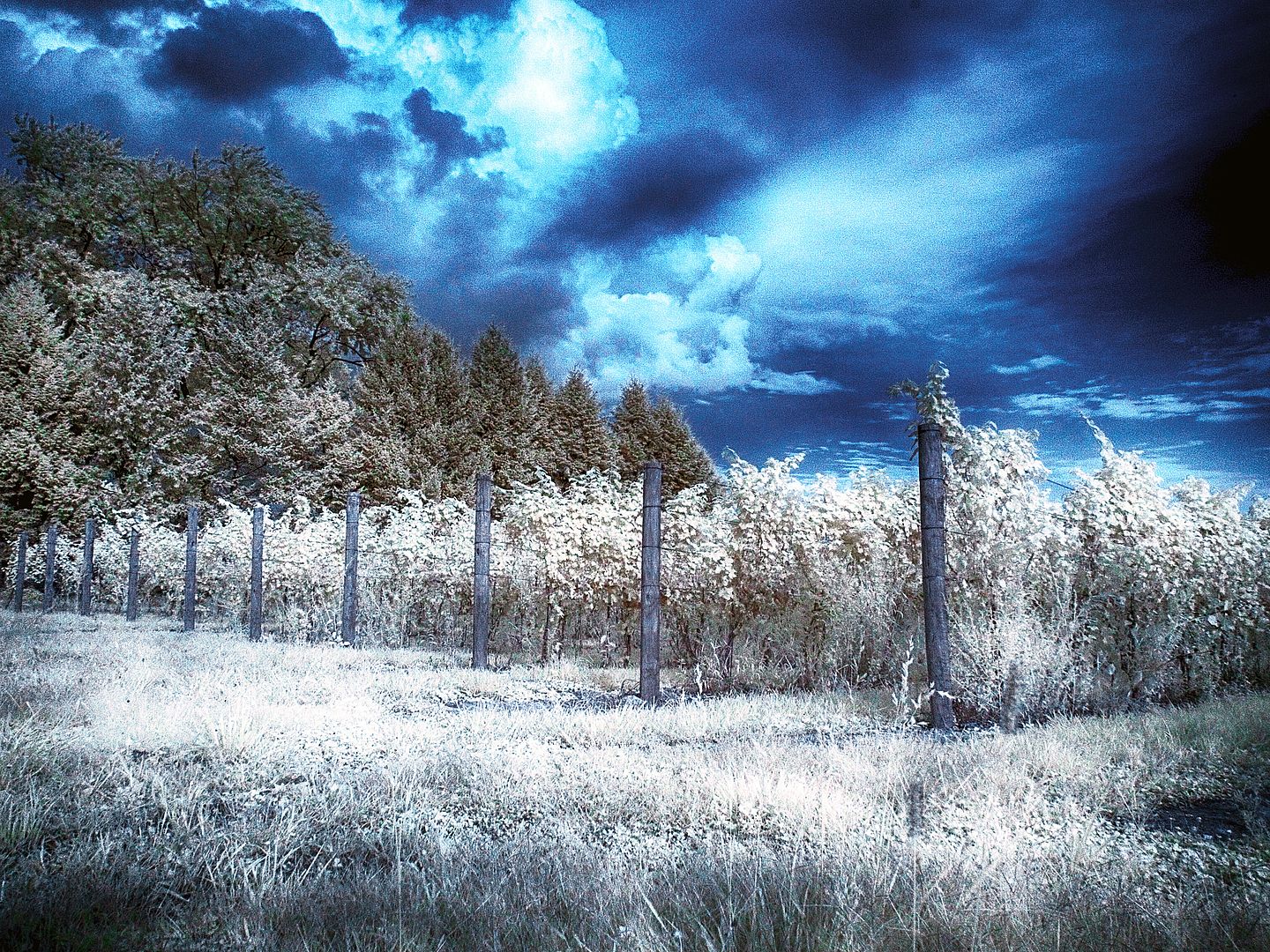- Joined
- Mar 18, 2014
- Messages
- 22
- Reaction score
- 0
Seahorse said:Additionally you will get reflections from the silver body of the camera which is pretty unhelpful too. I have the filter kit for my P2V and the results are dissapointing enought that I no longer use it.
Every wonder why all decent cameras are matt black...
juangelb said:Porpouse of this, is to darkening the upper part of image, let us say when when you points to an landscape with 1/4 or 1/3 of sky to get an suitable exposure in the sky and in de ground part of picture.... (normally there are 2 ou more exposure points between boths areas).

You would also have to correct the lens curvature to use the PP effect. The gradients effects in PS (or any PP tool) is usually a feathered straight line from side to side.AnselA said:juangelb said:Porpouse of this, is to darkening the upper part of image, let us say when when you points to an landscape with 1/4 or 1/3 of sky to get an suitable exposure in the sky and in de ground part of picture.... (normally there are 2 ou more exposure points between boths areas).
Shoot RAW and use gradient tool in LightRoom or Photoshop or ...
See https://www.youtube.com/watch?feature=p ... QLqigkJSj4
slothead said:You would also have to correct the lens curvature to use the PP effect. The gradients effects in PS (or any PP tool) is usually a feathered straight line from side to side.AnselA said:juangelb said:Porpouse of this, is to darkening the upper part of image, let us say when when you points to an landscape with 1/4 or 1/3 of sky to get an suitable exposure in the sky and in de ground part of picture.... (normally there are 2 ou more exposure points between boths areas).
Shoot RAW and use gradient tool in LightRoom or Photoshop or ...
See https://www.youtube.com/watch?feature=p ... QLqigkJSj4
Topeeka said:I'd like to know why you want to use a ND filter? I think the Phantom Camera would just compensate for the dimmer image and you would end up pretty much where you are now. If your shots are too bright, washed out, etc., I think you might have better luck altering them to your liking with one of the Video Editing bits of software.
That being said, if I needed to use a ND filter, I think I'd just get the smallest one I could find...30-40mm probably...something that would cover the field of view of the lens...(being sort of a fish-eye, it would need to be large enough to avoid 'vignetting' the frame and giving darker corners)...and then just affixing it to the front of the camera with one of the "approved" methods, starting with duct tape...double sided tape...Bondo if you are VERY sure....etc.
No, I didn't have time to watch that entire Lightroom video - and I don't use lightroom. I was not aware that there were Graded ND filter effects that followed terrain, and I didn't see that either in the first half of the Lightroom video. I only saw an adjustment of contrast and brightness (perhaps with some shadow and highlights adjustment). If there are terrain-following graded ND filters, then my argument is incorrect, but I have still not seen such (but there is a LOT I haven't seen).AnselA said:Did you watch the above link? There wasn't "straight line from side to side".
slothead said:No, I didn't have time to watch that entire Lightroom video .... If there are terrain-following graded ND filters, then my argument is incorrect, but I have still not seen such (but there is a LOT I haven't seen).


